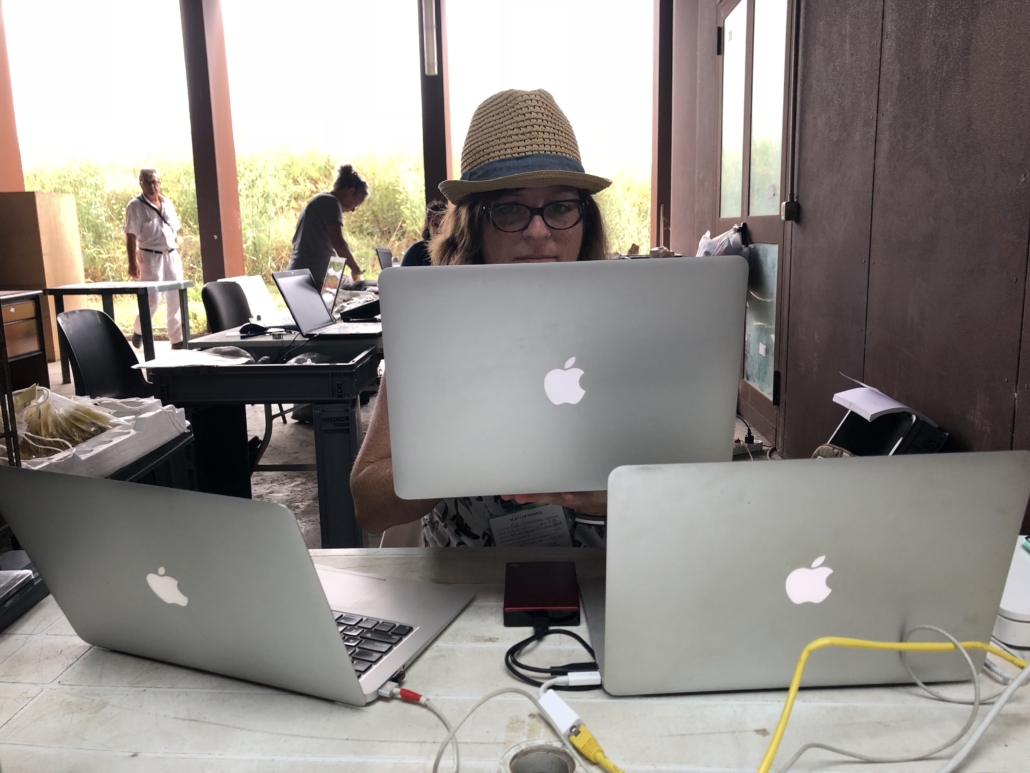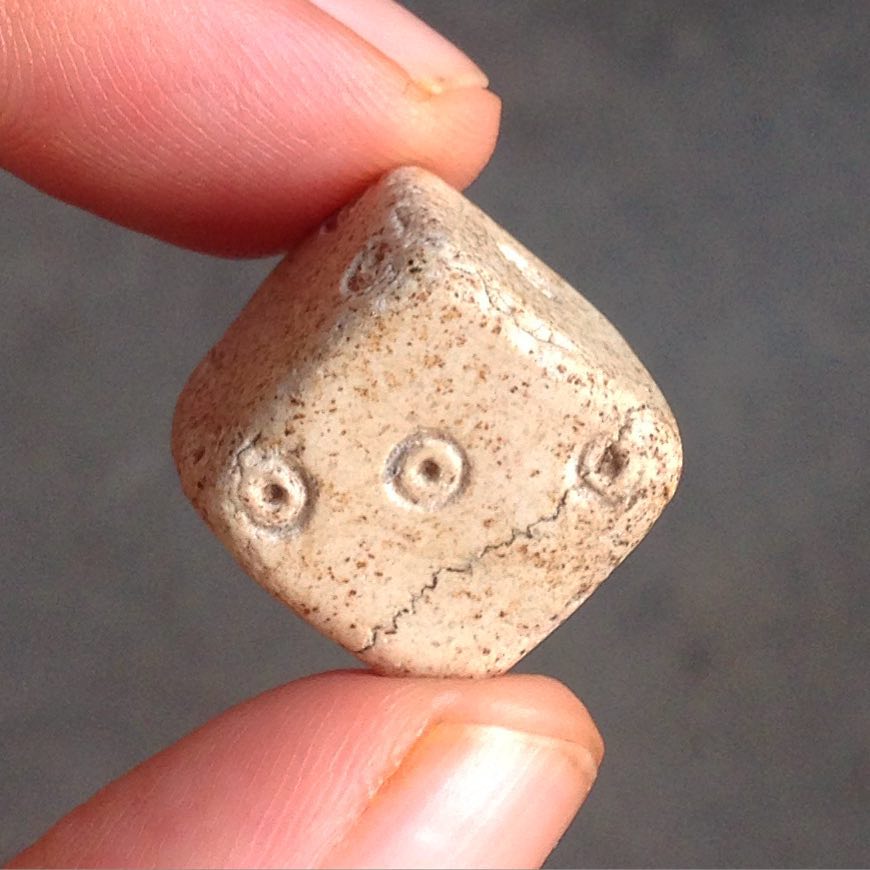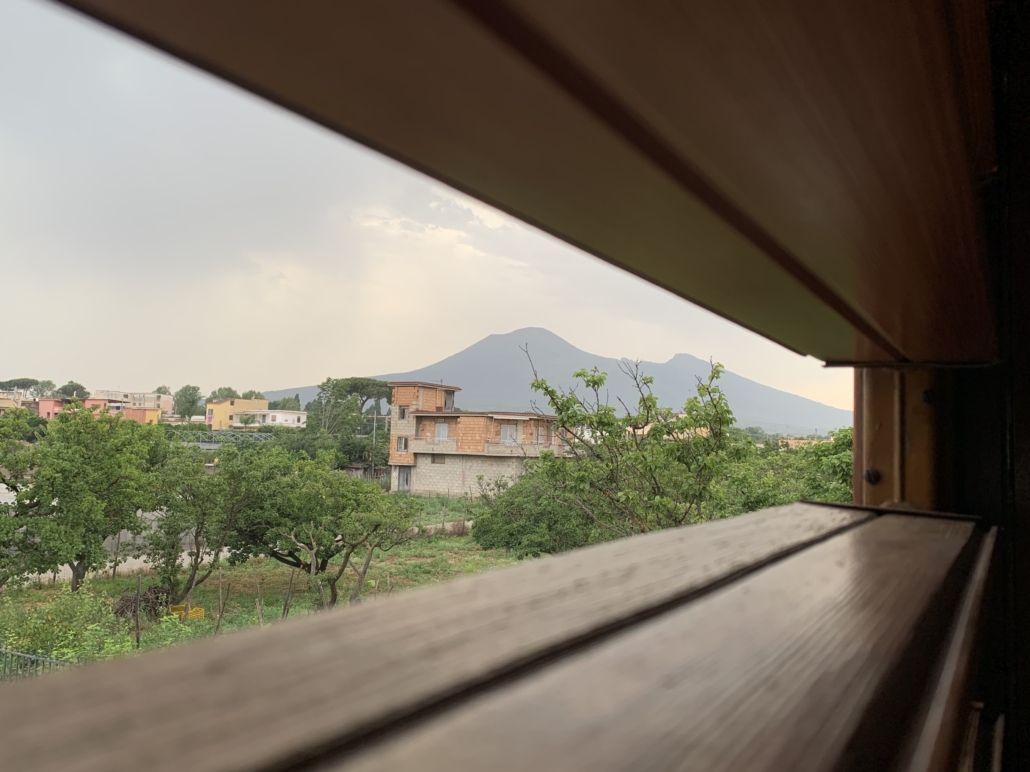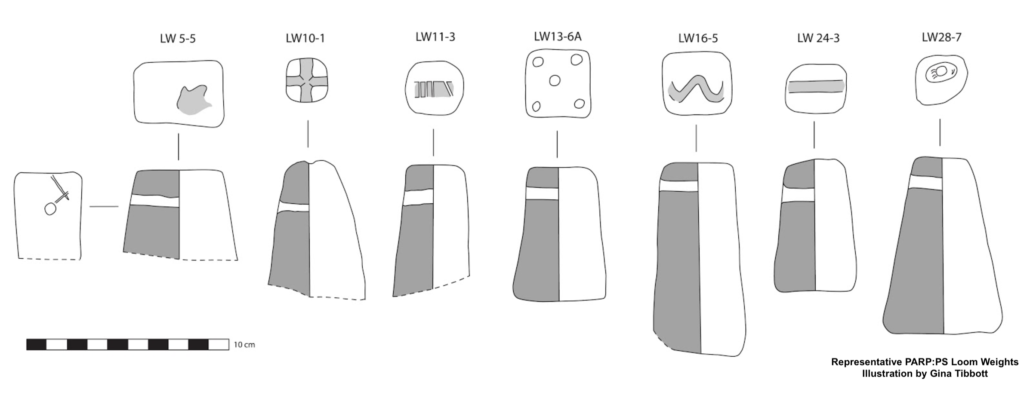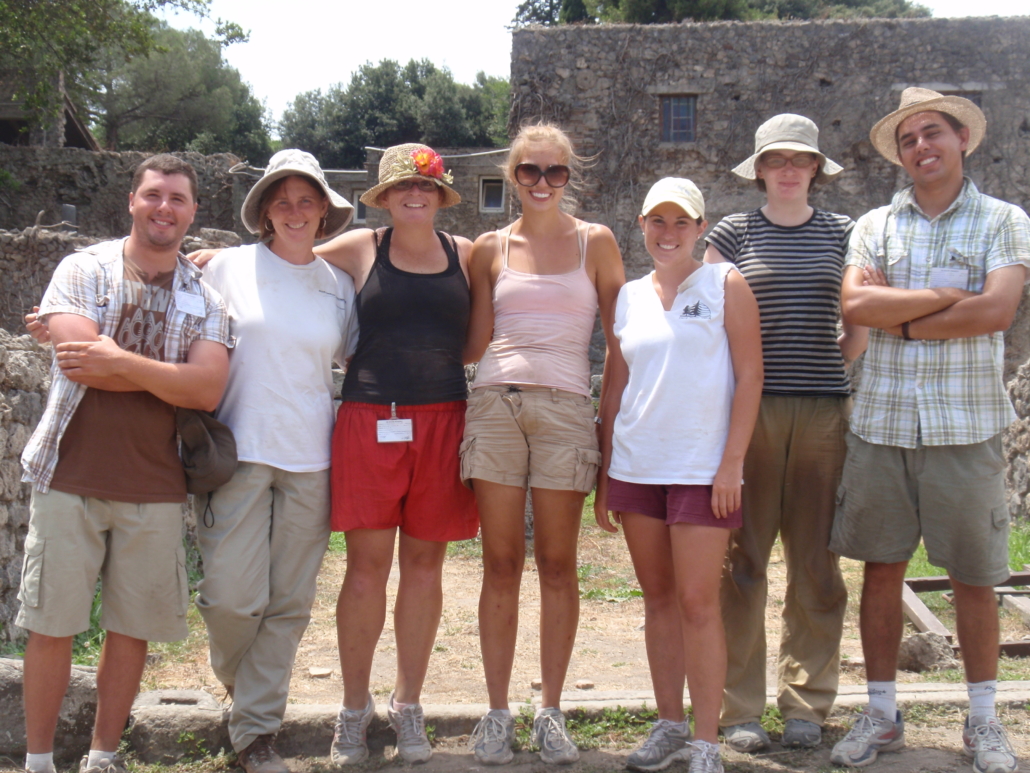Pompeii Archaeological Research Project: Porta Stabia
Since 2005, the Pompeii Archaeological Research Project: Porta Stabia (PARP:PS), directed by Dr. Steven Ellis from the University of Cincinnati, has conducted systematic excavations and architectural analysis in two insulae, VIII.7 and I.1, located in the southern part of the city, adjacent to the Porta Stabia city gate. The original excavations of the 19th century, which cleared down to the C.E. 79 eruption level, revealed a working-class neighborhood notably lacking any of the atrium-style houses that Pompeii is so famous for. In a field which was focused for so long on the study of the 1%, these two insulae have proven to be an ideal location to trace changing patterns of property use and ownership in a non-elite neighborhood.
In addition to serving as the project’s Manager of Data and Information Resources, I am leading the publication of the PARP:PS small finds assemblage, a volume that will represent one of the largest published datasets in the history of Pompeian archaeology. Supervising a team of dozens of researchers, I have overseen the quantification and qualification of more than 9,000 artifacts, curating data in unprecedented ways. By prioritizing context over typology in the analysis of artifacts and assemblages in this volume, I and my colleagues argue that we can come to a more nuanced interpretation of how everyday objects were used, discarded, and recycled in antiquity.
For more information about PARP:PS, visit our website or follow us on social media (Facebook and Instagram).
For information about opportunities to work with PARP:PS, especially on post-publication projects that take advantage of our rich artifactual assemblage, don’t hesitate to contact me.

